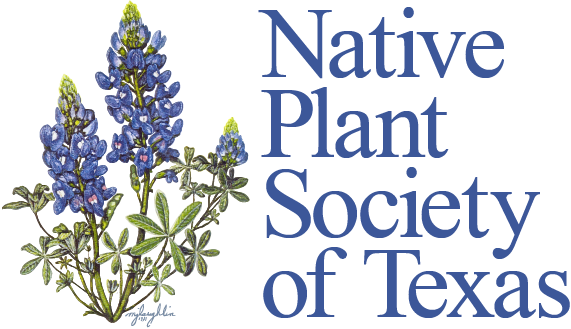By Delmar Cain
The rains that were supposed to come in April finally arrived in May. The early blooming wild flowers have extended their blooming period and the Central Texas leaf katydids have staked out a spot on every oak limb that has a leaf.
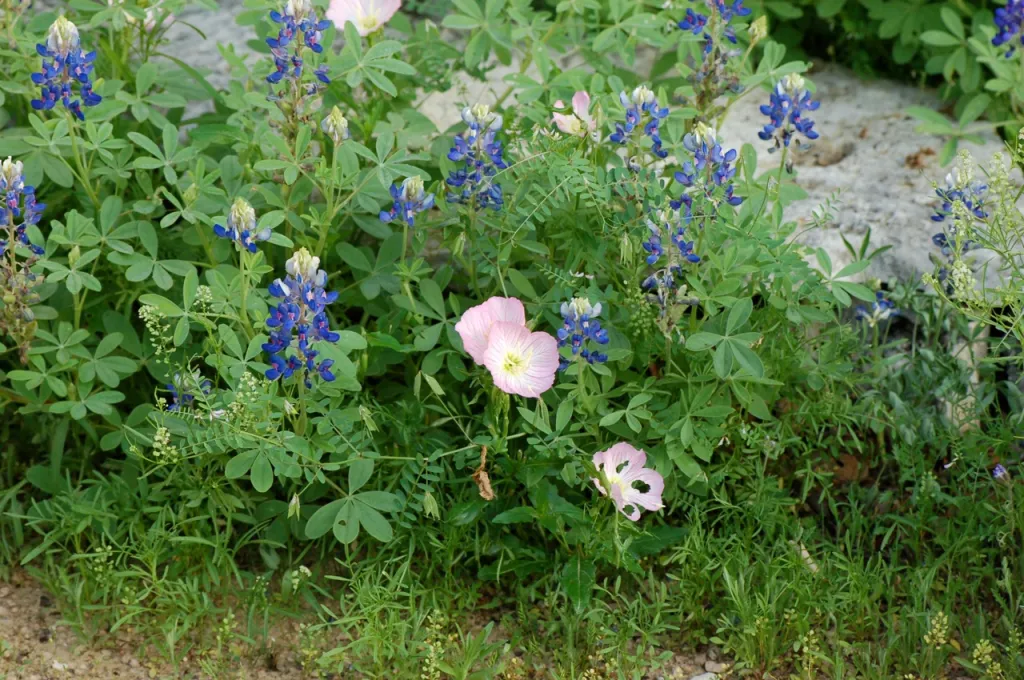
But as the old English proverb noted, it is an ill wind that blows no one good. On our morning walks my lab Lucy has found that the wandering katydids taste just fine. As a matter of fact the katydids, which have a bit of mobility, seem to be just as tasty as the giant walking sticks, which are no challenge at all. My other lab, Sam, is tempted by neither katydids nor giant walking sticks, but sagely withholds all judgment on matters of taste.
The apparent end to the La Niña and the welcome rains this spring have given me a taste of something that I want to expand. With more than a little delight, I have watched an early display of bluebonnets and pink evening primrose be followed by an equally cheerful display of yellow coreopsis in a small courtyard area adjoining our house. And best of all I didn’t plant any of them.
Okay, I did scatter some bluebonnet seeds last year from some plants on another terrace and I did spread some of the seeds of the coreopsis that had volunteered in the courtyard. But the pink evening primroses are strictly volunteers along with the thoroughwort and the peppergrass.
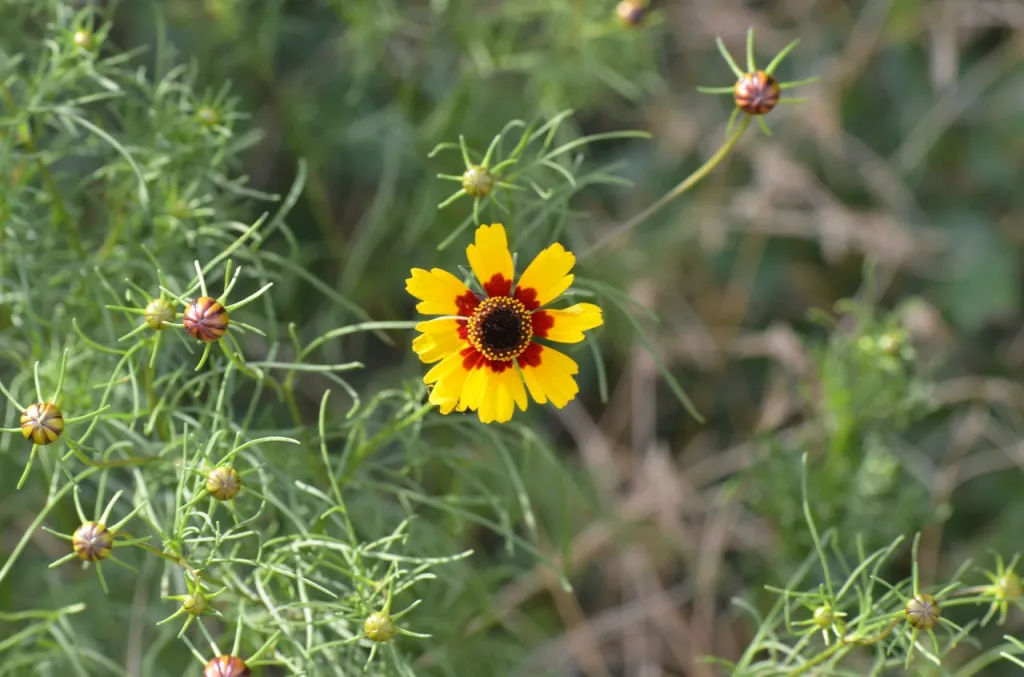
Coreopsis or golden-wave (Coreopsis basalis) is a favorite of mine. It is an annual native, generally associated with sandy soil, and is found in prairies, plains, meadows and pastures throughout the South. It is not hard to find along the county and state highways in the Hill Country. However, the ones in our courtyard are firmly established, reseeding each year in the crushed granite installed as part of our driveway.
Coreopsis, also known as goldenmane tickseed, has low water needs and can grow in full sun. Last year we did not have many plants in the courtyard, because of the drought. But I don’t hold that against the coreopsis. In fact I credit it with good judgment in not showing up if there was to be no rain. I could have missed most of the year myself.
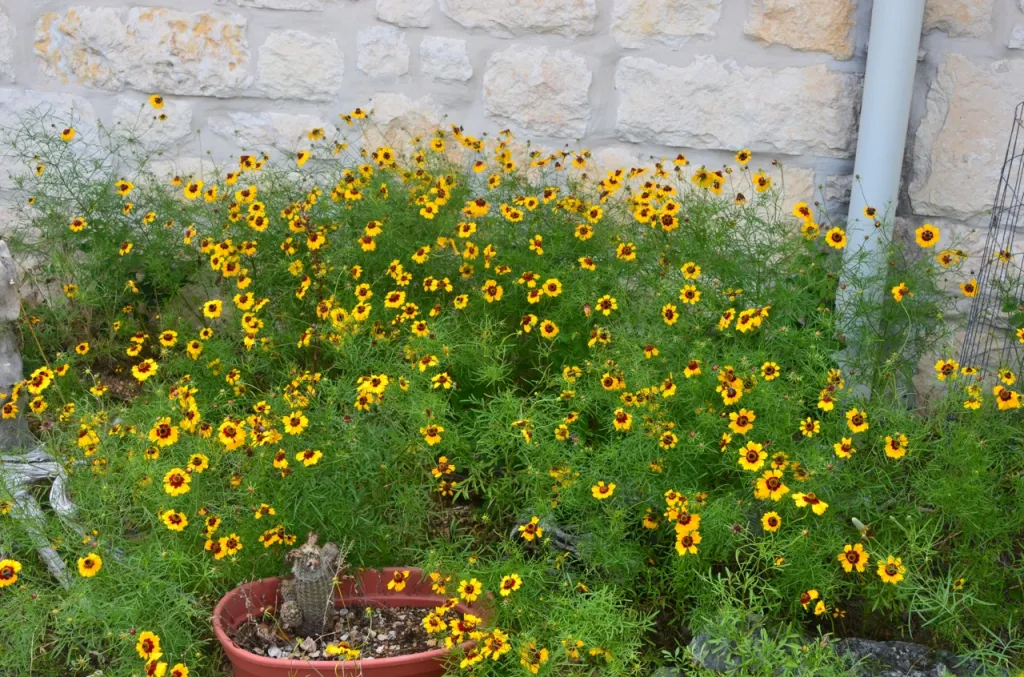
The Texas bluebonnet is a winter annual and has a normal bloom time of March to May. Pink evening primrose prefers moist soil and blooms from March to July, although this year the plants in our courtyard have faded. Coreopsis blooms from April until June. If I can find a plant that blooms from June to October, I will have flowers in the courtyard all year long with no planting. I would also have a source of seeds to use in other places.
But finding another plant is not as easy as it may seem. I also have deer and an occasional axis that wander around, just when the plants mature. I have a few common sunflowers that have popped up in a few places. They generally bloom from May to October if left alone. Unfortunately, the only parts that are left when the deer leave are the leafless stems. I doubt that I will see one yellow flower this year.
Two plants, one a perennial and the other an annual, are candidates. Cowpen daisy (Verbesina enceloides) is an annual that the deer leave alone for the most part. It has a big yellow flower and blooms from April to October. It has lots of seeds, grows mainly on disturbed soils but can reach a height of 4 feet. That is a bit tall for this area.
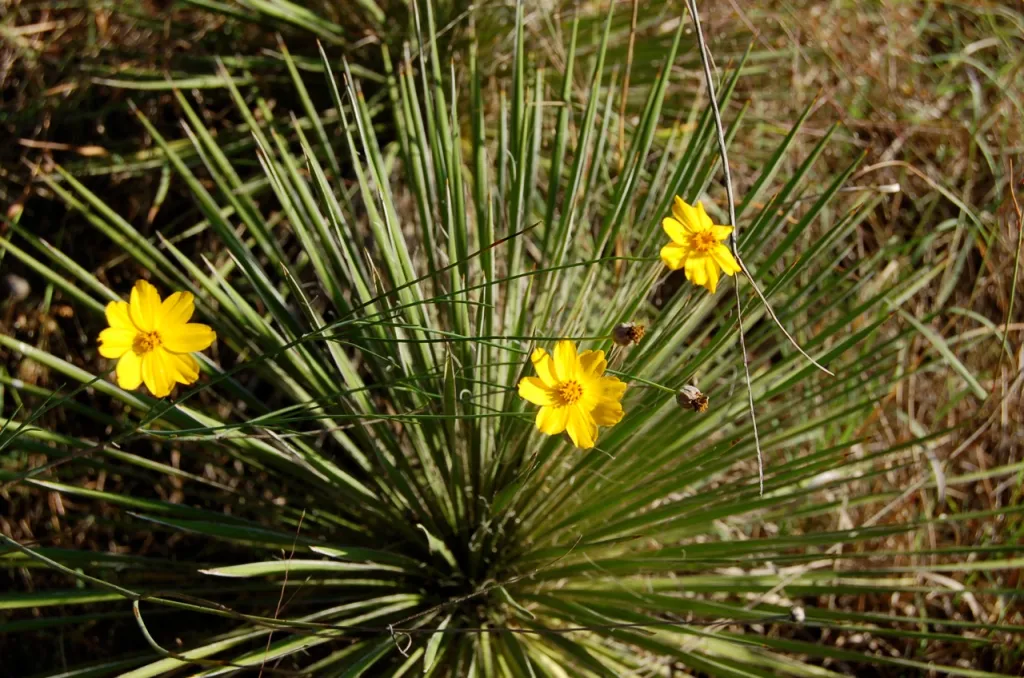
The other plant, Navajo tea (Thelesperma simplicifolium), forms colonies in dry outcrops throughout the Hill Country. Its yellow bloom is similar in appearance to coreopsis, but lacks the dark maroon center. I see it along the roadways and the deer seem to leave it alone. Maybe I can get it to grow in the courtyard.
But why restrict this idea to the courtyard? Think big. Why not plan the whole yard in the same way? What an encouraging thought. Native plants that return year after year with minimal or no mowing and flowers from March to October. That sounds like a winner to me.
If this plan sounds like something that you can use in your yard just try it in one part and see if it works. Of course you might have a neighbor that finds it downright distasteful. If so, you might remind them of that old Roman maxim that says “de gustibus non disputandum est”. That translates “in matters of taste, there can be no disputes.” My old lab, Sam, would agree.
